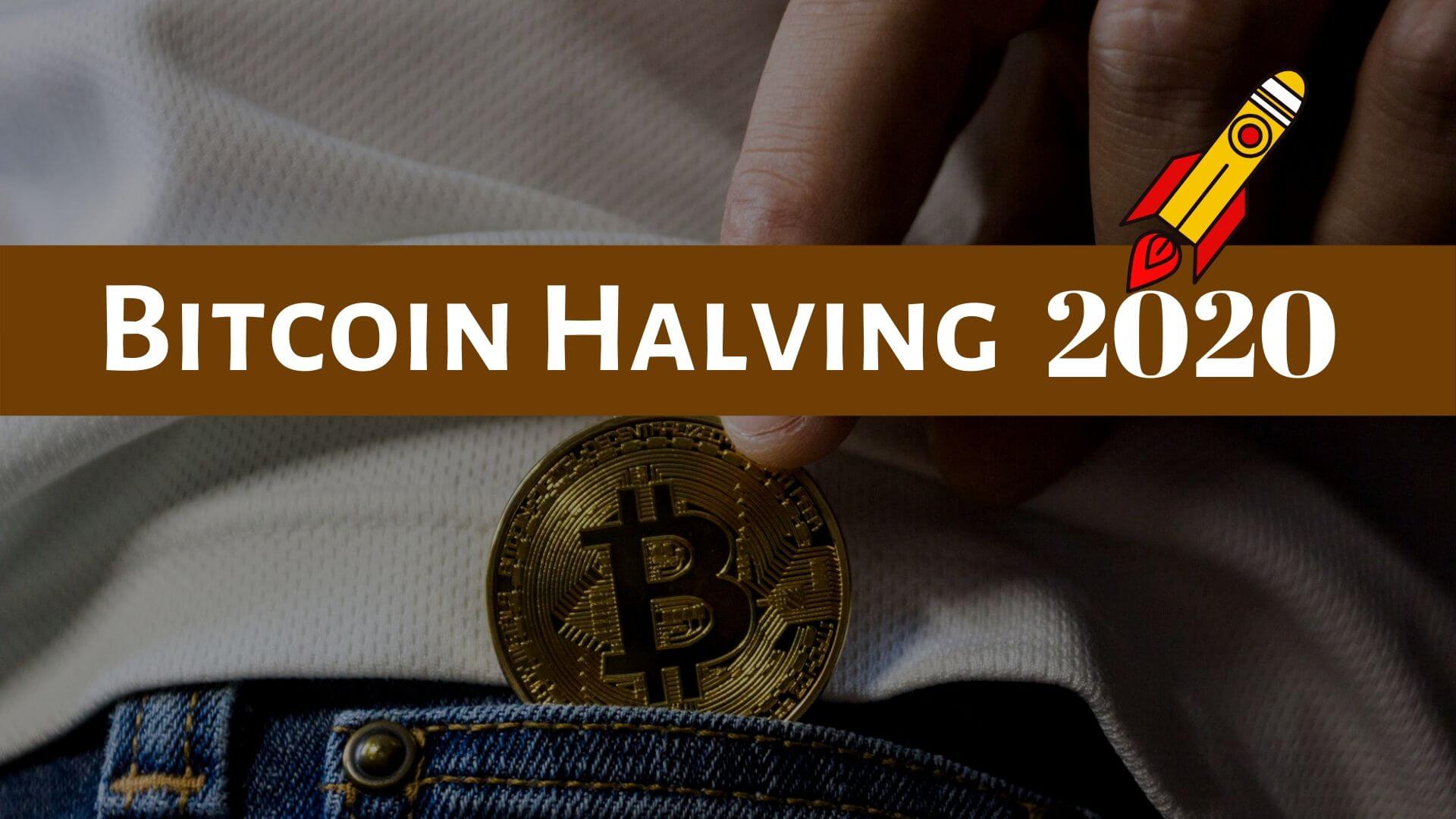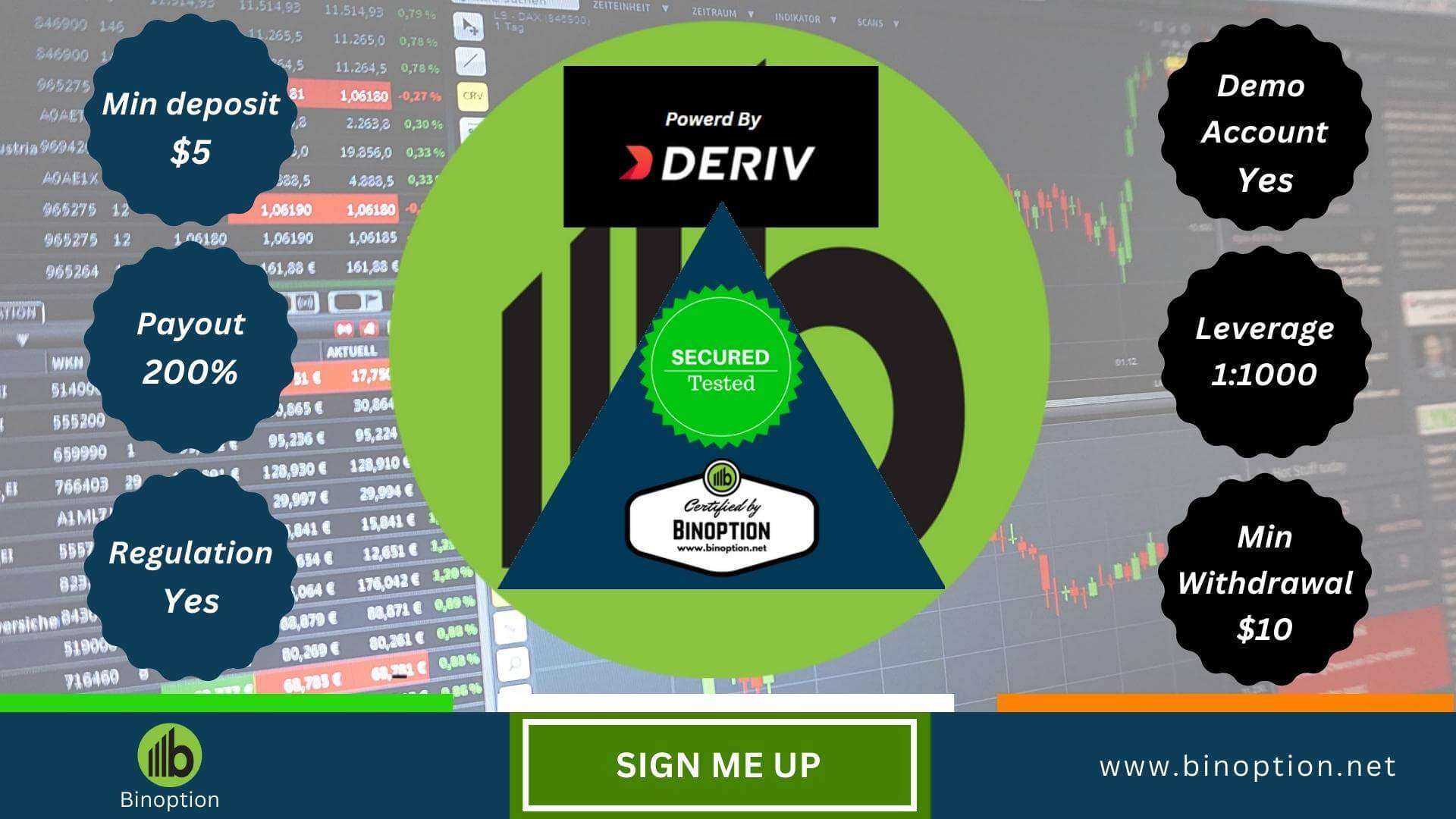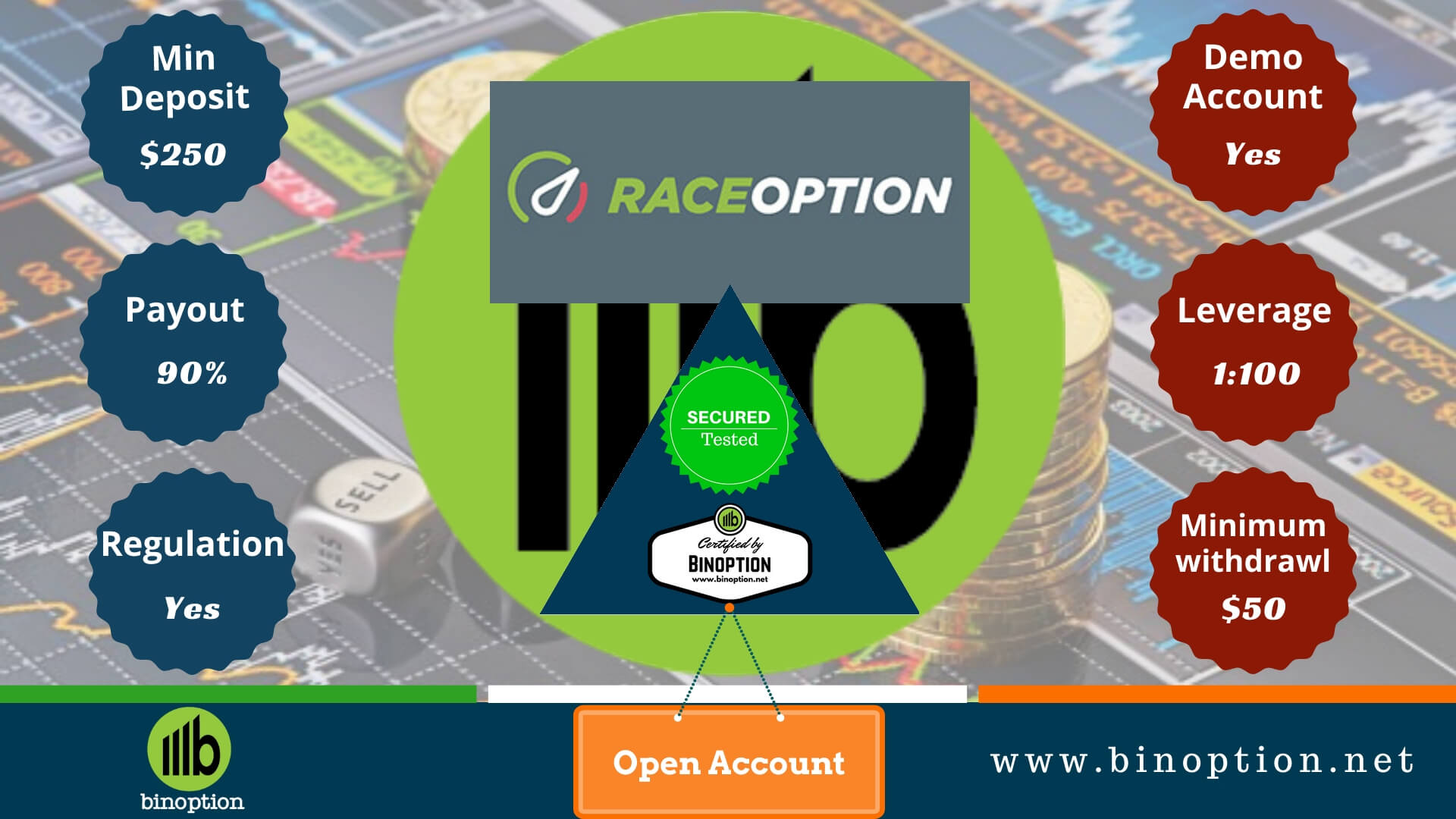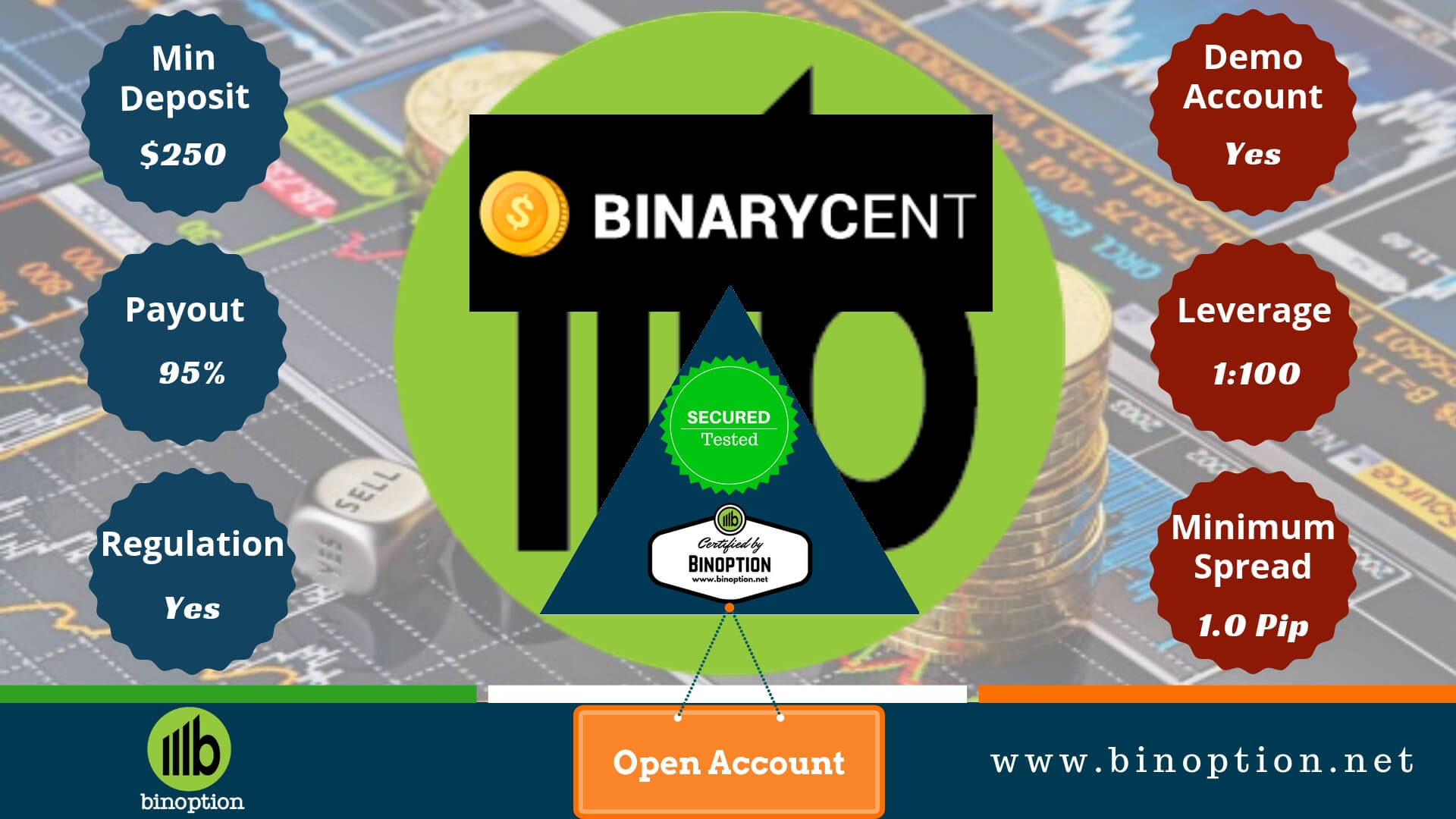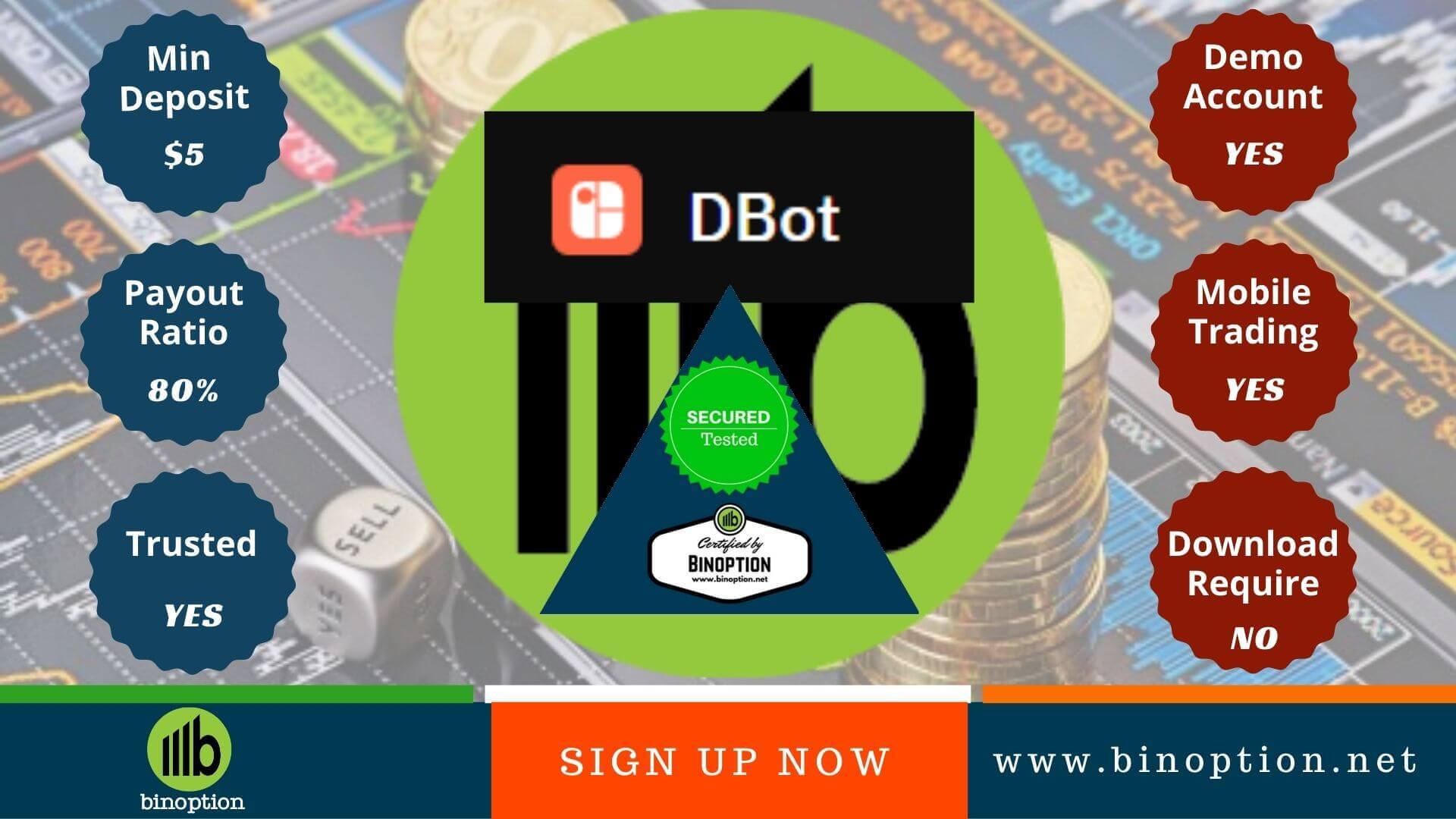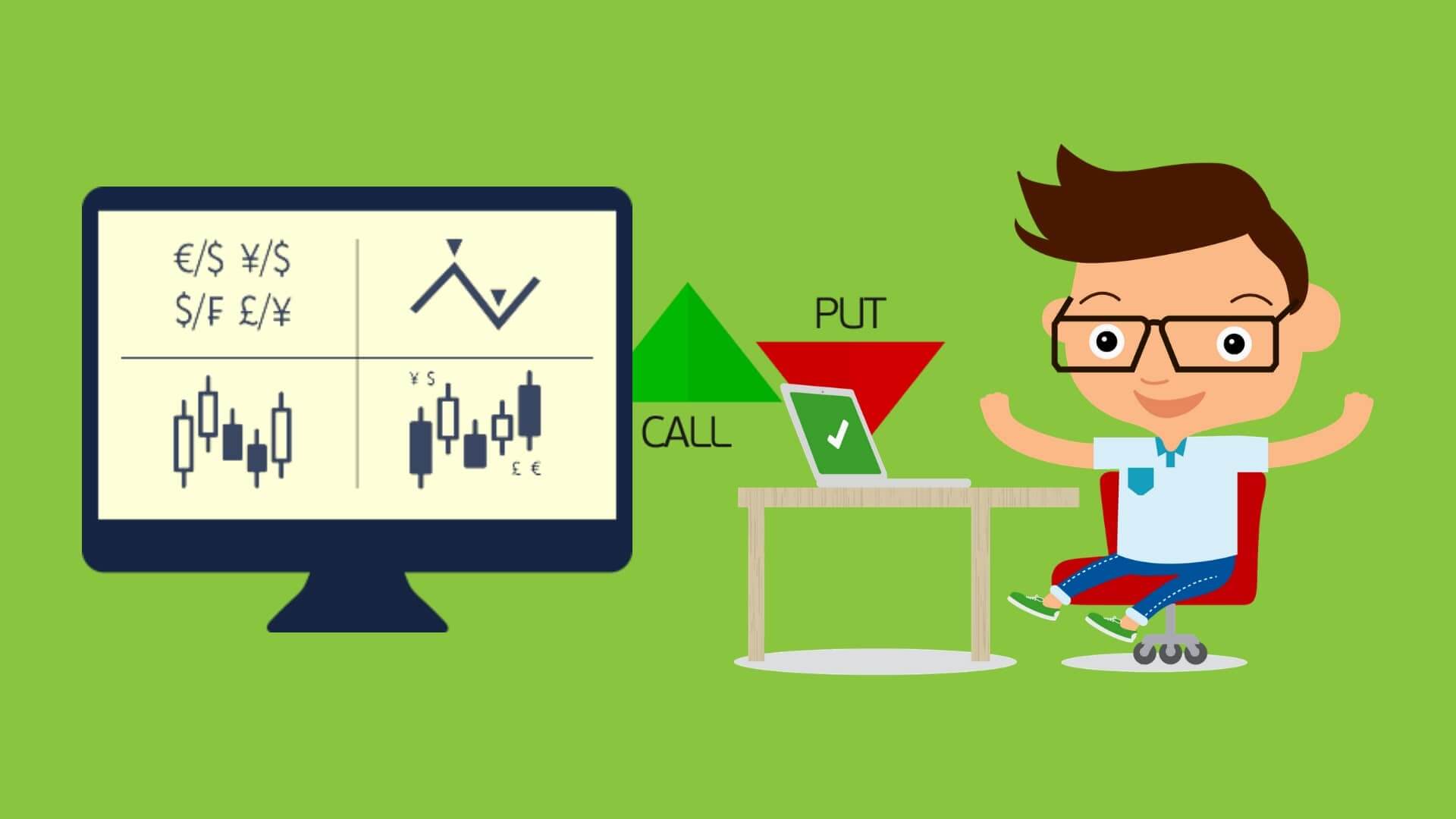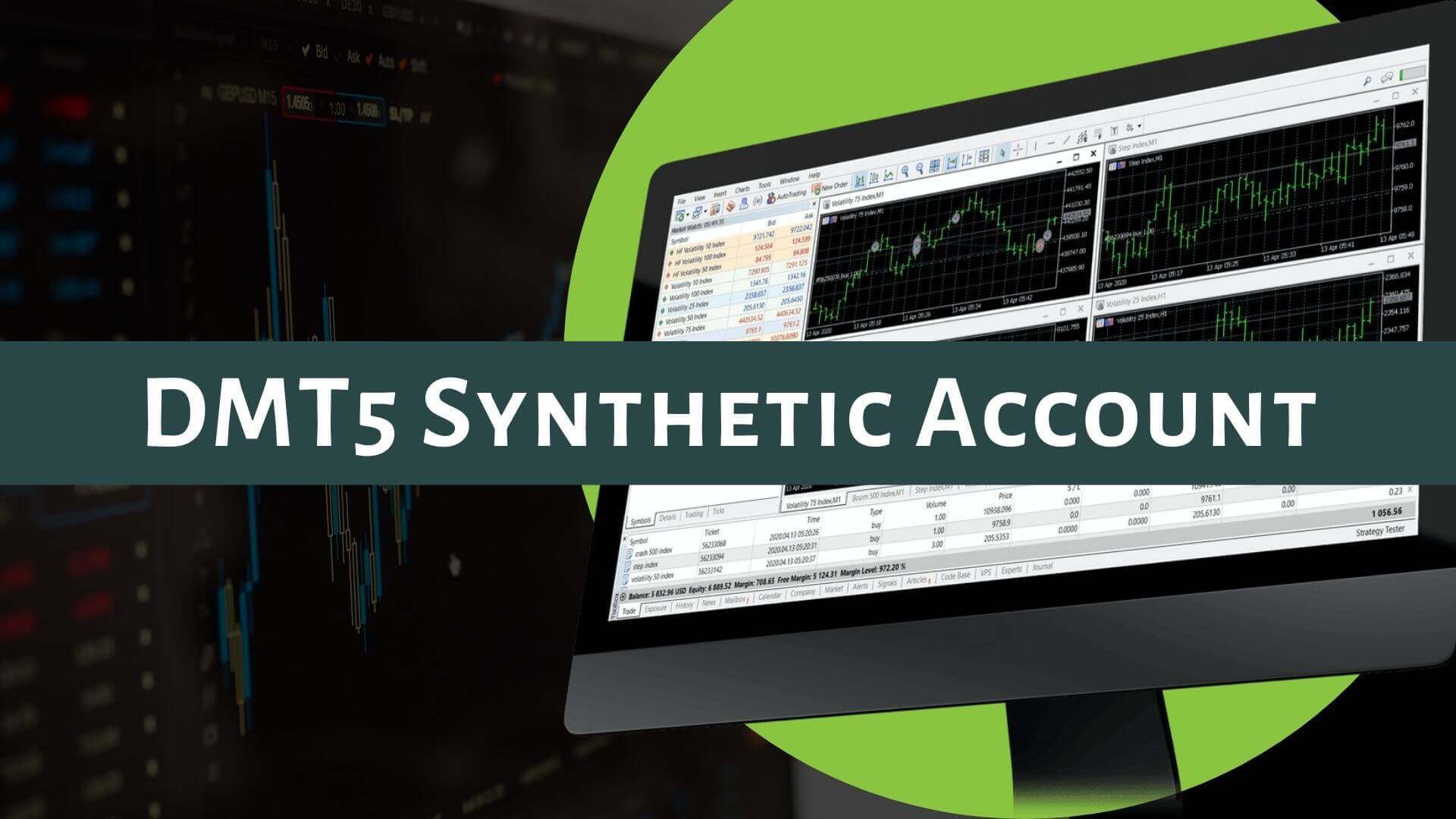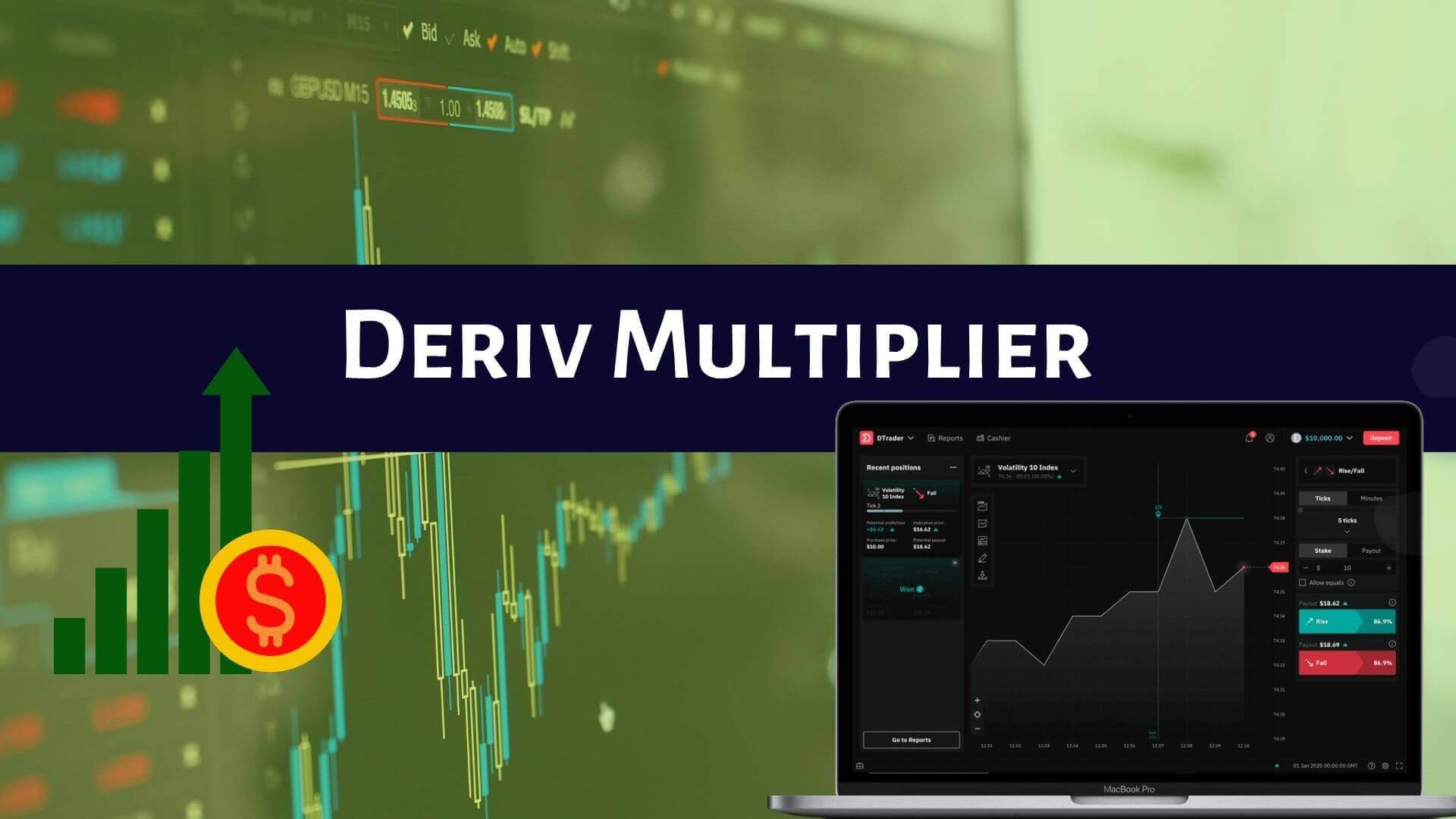Bitcoin Halving 2020 - History Of Bitcoin Trading And Price Prediction
Are you excited for the upcoming bitcoin halving 2020? The halving countdown has started already, and we are not out of it. So, in this article, we will talk about the Bitcoin halving or ‘halving’ event that will take place in May 2020.
Besides, we will go over what halving is, why halving takes place, and what implications halving has for the future of bitcoin. There are three key concepts about the bitcoin network you need to know that will make bitcoin halving easier to understand.
The concepts we will go over are the bitcoin blockchain, bitcoin mining, and the bitcoin supply.
Let’s get started.
What Is Bitcoin Blockchain?
First, let’s briefly talk about the bitcoin blockchain. The bitcoin blockchain is a live running record of all bitcoin transactions. The simplest way to understand what blockchain is by separating the word “block” from “chain”.
So, imagine records of individual transactions like payments sent to or from one person to another getting listed or indexed one after another. Once a certain amount of transactions in the list has been reached, it forms a block.
Each block has a maximum amount of transaction data. Once the maximum amount of transaction data for the block has been met, the block adds behind the previous block of transactions.
Now, these blocks of transactions linked with a chain. So, blockchain is groups of transaction data that links.
Moreover, the basic structure of the blockchain comprises a network of computers around the world, with bitcoin software. When bitcoin transactions occur, the data communicate to this network of computers that validate the transaction, add the transaction to their copy of the bitcoin ledger, and then broadcast the ledger changes to the others computers on the network.
Furthermore, it can save a maximum amount of data in one block. Approximately every 10 minutes, a new block of bitcoin creates, verifies, and publish to the bitcoin blockchain.
Recommended Bitcoin Trading Brokers & Application
In every single perspective, both trading and investing in Bitcoin is beneficial for investors and traders. Thousands of traders have changed their lives forever by trading bitcoin. For example, in bitcoin trading, you can choose either long or short, depending on the market condition.
Finding a platform with all possibilities of earring money is easy. But the secure trading environment should be the first and leading priority for traders.
We are overjoyed by sharing the names of following brokers and applications that will present a rewarding and protecting environment with strict laws.
First, we will start with applications that promise to give the highest payout ratio with no scam. Along with Bitcoin, you can also trade other’s popular altcoins.
We have tested the following trading robots, and we recommend these for auto trading: BinBot Pro, Binary.com Auto trading Bot, and DaxRobot.
Our Recommended Robots
BinBot Pro
-
Returns up to 90%
-
Demo Account: Yes
-
Robot Profitability:300%
Binary.com Bot
-
Returns up to 80%
-
Demo Account: Yes
-
Regulated and Trusted
DaxRobot
-
Returns depends on trader
-
Demo Account: Yes
-
Fully Automated Bot
Moreover, trading the crypto coins requires a strong risk management rules to avoid unwanted situation.
Before any recommendation, our team constantly check and test the performance of each trading broker. Not only the performance, but we also extensively check all other requirements, before recommending.
Based on regulation, reliability, return percentage, etc. we will recommend you the following brokers: Binary.com, IQ Option, and BinaryCent.
Our Recommended Brokers
BinaryCent
-
Regulated: Yes
-
Maximum Payout: 95%
-
Demo Account: Yes (Paid)
Bitcoin Mining
Let’s talk about how bitcoin transactions are getting verified on the bitcoin network. The verification and posting of transactions on the blockchain are completed by miners, via a process called mining.
Miners are the pools of people that use computer processing power to maintain the Bitcoin blockchain. It includes keeping the ledger of bitcoin transactions clean, consistent, and permanent by grouping new transactions into blocks. Later on, broadcast them to the rest of the bitcoin network for verification.
Besides, each new block of transactions has a cryptographic hash. Finally, all published links of the transaction blocks together form the blockchain. Next, for a new block, miners require to follow a proof-of-work system that involves creating a new cryptographic hash with a newly completed block.
Moreover, new blocks of transactions have a unique hash. For publishing to the ledger, it requires the creation of another unique hash that will go through a validation process. Then, it gets passed on to the next block, and so on.
To create a new unique hash for the block of transactions, miners compete with each other using computer power, to try to be the first one with a 64 digit hexadecimal number or the hash that is less than or equal to the difficulty target of the network.
Each time, miners get bitcoin as a reward and verify a new block of transactions. Note that mining rewards are a combination of newly mined bitcoin.
These rewards are in place to incentivize miners to participate in the mining process, to ensure the bitcoin network continues to be audited and essentially maintained.
The Supply Of Bitcoin
Bitcoin is a digital currency developed by an unknown person named Satoshi Nakamoto or group of people. The more you learn, you will start to understand Bitcoin more. Moreover, you will also find the similarities between Bitcoin and gold.
Because Satoshi developed the digital currency Bitcoin intentionally that matches the characteristics of the precious metal, gold. We previously discussed the process of bitcoin mining. Bitcoin miners require computing power to perform guesswork so that, they can create the new unique hashes to validate new blocks of transaction.
Another gold light characteristics Satoshi programmed into bitcoin is a maximum supply. The total number of bitcoins can ever is 21 million units.
The 21 million unit maximum was established to mirror gold’s stable inflation rate. It’s important to understand that there are two different definitions of inflation.
- The most modern and common use of the word inflation refers to a decrease in the purchasing power money.
- An older traditional use of the word inflation refers to an increase in the supply of money that is not backed by gold.
In the modern context of inflation, Bitcoin is deflationary, because over time it’s purchasing power will increase, instead of decrease due to its fixed supply.
Besides, the fixed supply to pre-mined gold will increase in value over time, since gold cannot be created.
Make sense, right?
In the traditional context of inflation, bitcoin is inflationary because the supply of bitcoin which is not backed by gold. And also it increasing as miners mine new bitcoin through validating new blocks of transactions.
Currently, around 18 million bitcoins are in circulation of the 21 million of the total supply. According to its current track, the last bitcoin will be mined in the year 2140, which is 100 and 20 years from now.
Bitcoin Halving 2020
Now, let’s talk what halving is, why halving takes place, and what implications halving has for the future of bitcoin.
In terms of bitcoin, halving refers to the reduction in the bitcoin block reward issued to miners by half. Currently, the block reward for miner 12.5 units of a newly minted bitcoin that were not previously in circulation. After occurring the halving in May 2020, the block reward will reduce by half which will be 6.25 units
The reward is for newly minted bitcoin per validated block halving was programmed to occur every 210,000 blocks.
When bitcoin was first developed in 2009, the block reward was 50 bitcoins. In 2012, the first halving reduced the block reward to 25 bitcoins. And in 2016, the second halving event reduced the block reward to 12.5 bitcoins.
Mainly, the halving occurs to prevent inflation from decreasing the purchasing power of Bitcoin with increasing of technological advancement in the bitcoin algorithm.
So, the faster new blocks are validated, the more difficult creating new unique hashes for new blocks. At the current reward rate of bitcoin, about 1800 new bitcoins are minted daily, which takes roughly 10 minutes.
The inflation rate in the traditional sense about 3.8%. After the halving, the block reward rate will be 6.25 bitcoin. About 900 new bitcoins will be minted daily decreasing the annual inflation rate to 1.8%, which will make bitcoin less inflationary than the US economy.
Also, the halving amount of newly minted Bitcoin controls the rate at which the finite or fixed supplies bitcoin is titrated into circulation over time similar to gold. Moreover, this creates a predictable, and constantly decreasing inflation rate that will eventually reach zero number.
What Implications Halving Has For A Bitcoin?
Gold is considered one of the best stores of value because of its fixed supply. Since the supply is not extremely abundant, gold is scarce is imposed by nature. We are not able to create gold for increasing the supply.
Similarly, the algorithm that imposes bitcoins fixed supply was designed to make bitcoin, even scarcer than gold. So, if demand remains steady or increases for the fixed scarce, the supply and price of bitcoin will experience positive long-term effects.
After the halving in May, the supply of bitcoin will become even more scarce. So let’s look at what happened after previous bitcoin halving.
Bitcoin was around eleven dollars when the first halving occurred in November 2012. Then in 2013, bitcoin spiked to $1100, the highest bitcoin had ever been. At that time before dropping back down to around $220, it remaining under $1000, for the next few years in July of 2016.
During the second halving, bitcoin was around $600, and then spiked to $20,000 near the end of 2017, which was around 18 months later. So, historically the 12 to 18 months immediately following a halving event bitcoin pricing didn’t show much movement.
Also, it’s not quite clear that the spikes price 12 to 18 months after the halving events correlate exclusively with the halving. The first bitcoin price spike to $1100 happened an entire year after the halving event, and it seemed to correlate with the Cyrus bailout.
The second bitcoin price spike to $20000 happened an entire 18 months after the halving took place. It seemed to be caused by market manipulation, as cryptocurrency was being featured in mainstream media, and attracting attention from the masses.
Did the halving affect the spike to $20000 in late 2017?
Maybe not the spike, but it’s more probable that it’s been playing a role in maintaining bitcoins price over $3000, since then.
So, what does the historical data tell us about the upcoming halving event into May of 2020? At this moment, bitcoin gains more popularity since the last halving in 2016. Furthermore, the upcoming halving in May is likely already priced in. For a while, there is a lot of hype coming out about the impending halving.
So, it’s likely that the of bitcoin drops significantly following the halving event due to so many inexperienced people, and investors operating off of the assumptions that bitcoin price will increase immediately after or soon, after the halving like the previous halving events.
Is It Wise To Expect?
We would expect to see any drastic enduring changes. Do you exclusively to the halving event without a correlating positive or negative outside fore like government regulation, market manipulation, economic event or similar.
Even then, as with the previous halving averages 12 to 18 months before noticeable changes the bottom line is this, there is a lot of room for opposing theories opinions and predictions of bitcoin pricing concerning the halving in May of 2020, and the years following.
Therefore, it’s important to do your research, and draw your conclusions about the impending bitcoin halving.
